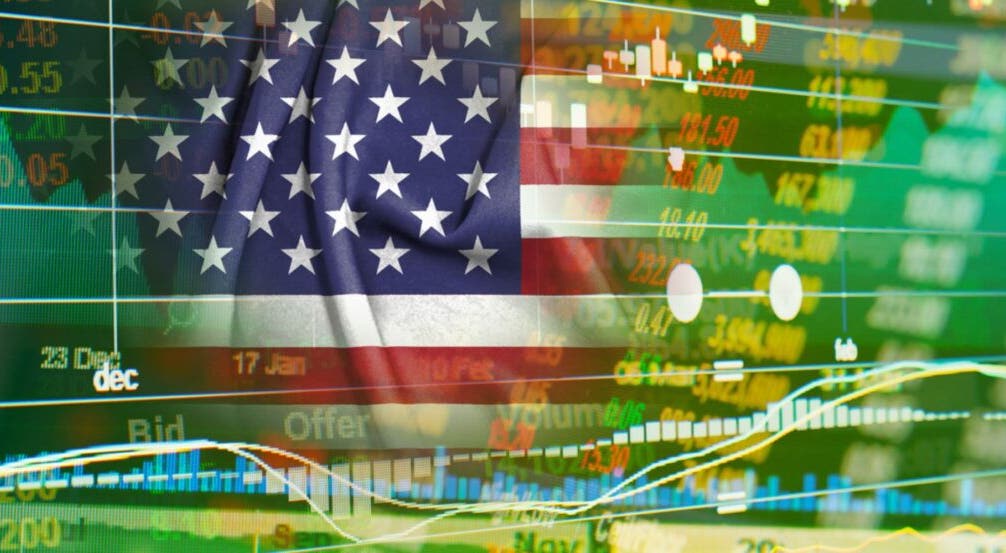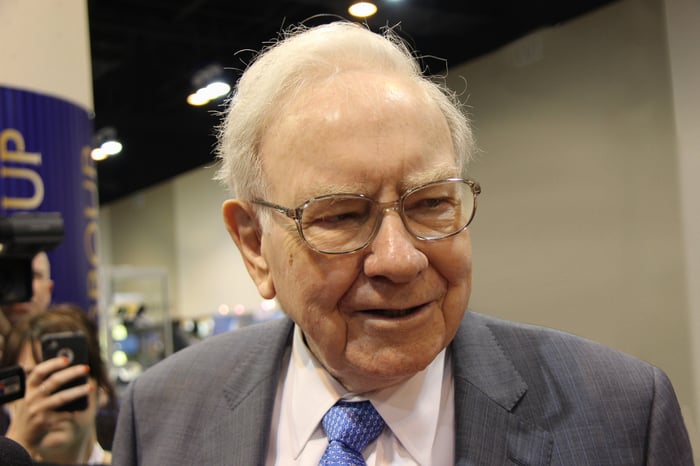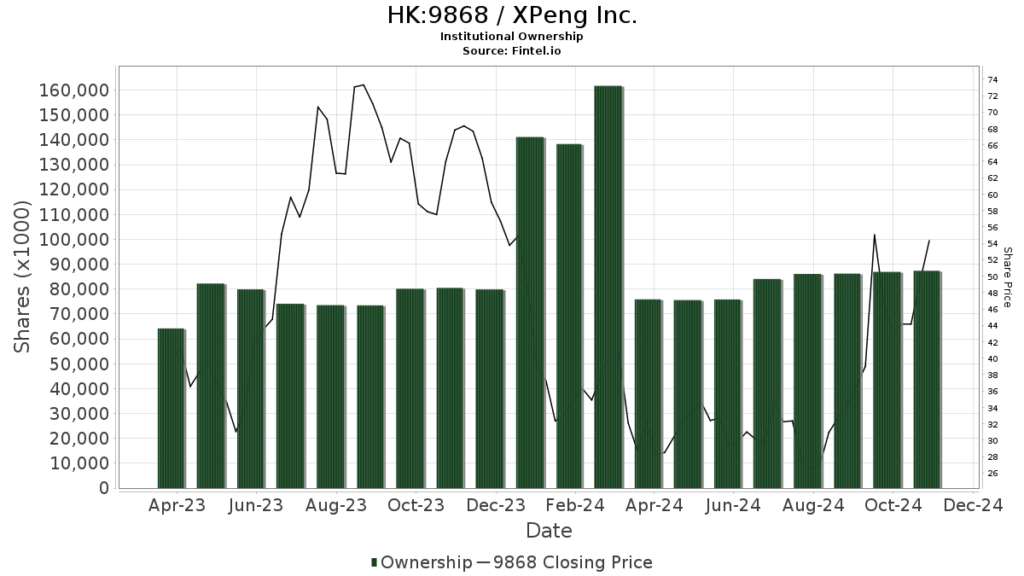
Recent projections from Goldman Sachs’ equity research team have painted a rosy picture for U.S. small-cap stocks. According to their analysis shared this week, the Russell 2000 small-cap index, as tracked by the iShares Russell 2000 ETF IWM, is poised to experience a significant uptick. The team anticipates a return of approximately 9% in the next six months and a robust 15% for the full year.
This forecast outshines their predictions for the large-cap S&P 500, which is expected to climb by 7% to reach 5,100 by the end of 2024, amounting to a total return of 9% when including dividends.
Goldman Sachs: 5 Key Drivers Behind The Russell 2000’s 2024 Growth
- Valuations and Economic Growth: The potential for growth in the Russell 2000 is underpinned by its current low valuations and a healthy economic outlook. Historical data reveals that nearly two-thirds of its 12-month returns have been influenced by valuations and real U.S. economic growth.
- Comparative Performance: The Russell 2000 is still about 20% lower than its peak in November 2021, while the S&P 500 lags just slightly behind its all-time high from January 2022, demonstrating the untapped potential of small-caps.
- Investor Behavior: Recent rallies in the Russell 2000 have been primarily driven by investments in macro products like futures and options, rather than direct purchases in individual small-cap stocks, signaling a shift in investor net positions in Russell 2000 futures from $5 billion short to $4 billion long.
- Macro Factors: U.S. economic growth is a crucial driver for small-cap returns. Since 2010, the Russell 2000 has exhibited heightened sensitivity to market pricing of economic growth, reacting more dynamically to economic growth shifts than the S&P 500 or the Nasdaq-100.
- Historical Context in Election Years: The forecasted 15% return aligns with the historical median return of the Russell 2000 in presidential election years. The index has historically performed positively in seven out of the last 10 presidential election years and outperformed the S&P 500 in eight of those years.
Historical Annual Returns of Russell 2000 vs. S&P 500 in Election Years
| Election Year | Russell 2000 Annual Return | S&P 500 Annual Return | RTY vs. SPX Differential |
|---|---|---|---|
| 1984 | (10)% | 1% | -11% |
| 1988 | 22% | 12% | +10% |
| 1992 | 16% | 4% | +12% |
| 1996 | 15% | 20% | -6% |
| 2000 | (4)% | (10)% | +6% |
| 2004 | 17% | 9% | +8% |
| 2008 | (35)% | (38)% | +4% |
| 2012 | 15% | 13% | +1% |
| 2016 | 19% | 10% | +10% |
| 2020 | 18% | 16% | +2% |
| Median | 16% | 9% | +6% |
| % Positive | 70% | 80% | 80% |
The Goldman Sachs analysts, led by Ben Snider, also highlighted risks and concerns related to small caps. Small-caps may underperform if economic growth weakens more than anticipated. Additionally, a significant rise in interest rates poses a particular threat to small-caps, especially given the Russell 2000’s significant sector weights in Biotech, Banks, and Real Estate.
Read now: December Inflation Preview: What Will It Take To Trigger A Fed Rate Cut In Q1 2024?
Photo: Shutterstock




